Continuando con el desarrollo de la Inteligencia Emocional con los Niños, hemos ido conociendo las emociones básicas, aquellas emociones que son opuestas, reconociéndolas e identificándolas tanto en ellos mismos como en los demás, y comprendiendo la importancia de cómo nos afectan las emociones, tanto las negativas como las positivas, visita mis post de Inteligencia Emocional con los niños número 1, 2, 3, 4.
Ahora comenzaremos a realizar actividades para transformar esas emociones que nos pueden afectar, en aquellas que nos aportan bienestar.
Hay varias actividades que se pueden realizar con los niños para entender la necesidad de salir de esas emociones que nos pueden alterar, descontrolar o desarmonizar.
Por eso me he dedicado, como expliqué en el post número 4, a concienciar a los niños de que las emociones pueden afectar a determinados órganos, es decir, a la salud física.
Es muy importante que desde pequeños aprendan a tener herramientas para gestionar sus estados emocionales y así lograr un equilibrio que les permita desarrollar un carácter y un comportamiento saludable.
Hay un juego tradicional que se hace con papel que se llama el quita piojos, a mí particularmente me gusta mucho y he querido adaptarlo a las emociones, para que ante cada emoción haya una actividad que les permita volver a ese equilibrio y tranquilidad interior.

Empecemos.... Sólo necesitamos una hoja en blanco, tijeras, colores y pegamento.
Puedes hacer los dibujos directamente en la hoja, yo hice los dibujos para que los niños los pintaran, recortaran y pegaran.
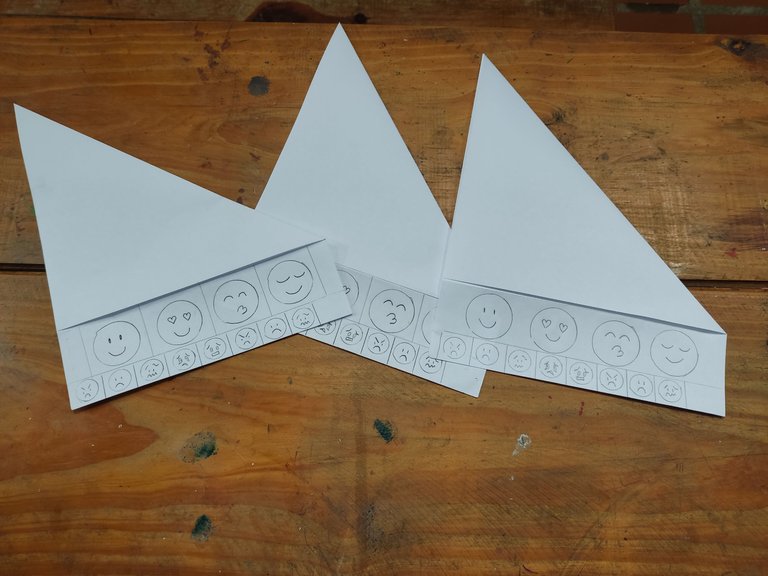
Doblamos la hoja para formar un cuadrado y en la parte inferior dibujaremos cuatro caras que representan la felicidad, el amor, la tranquilidad, el cariño.
Y para las emociones que van dentro (círculos más pequeños) colocaremos la ira, la tristeza, el miedo, el estrés y la preocupación.
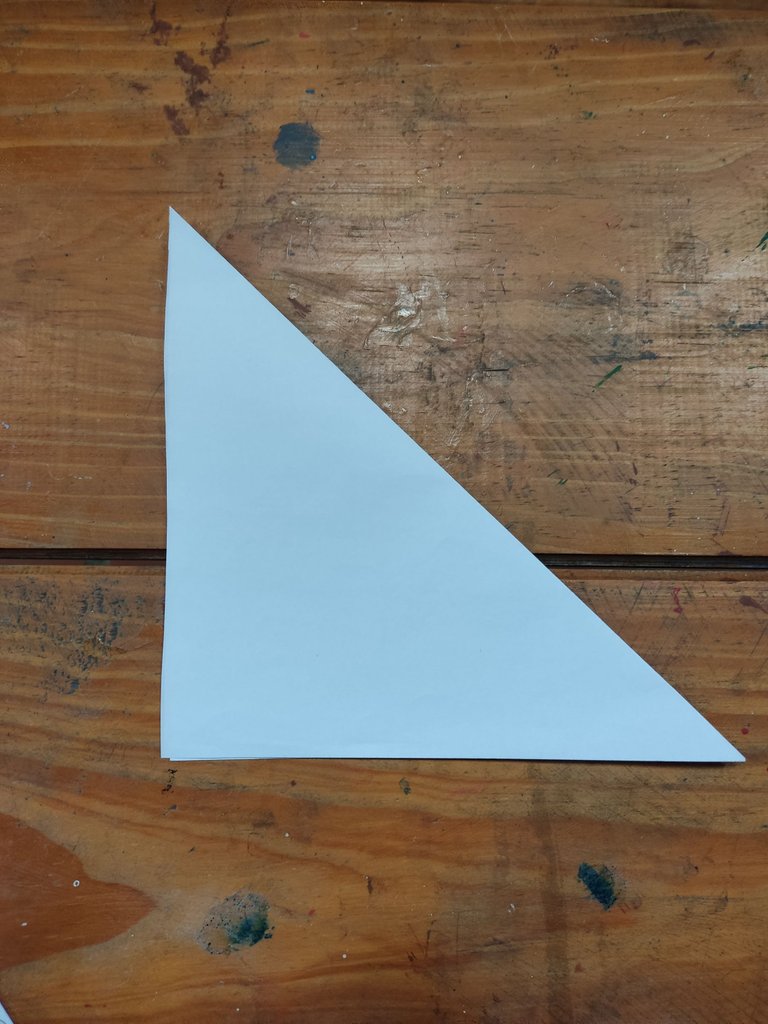
Sacamos la pieza cuadrada que tiene un primer pliegue.

Con los niños hicimos el paso a paso, se les dio el cuadrado para que hicieran el siguiente pliegue.
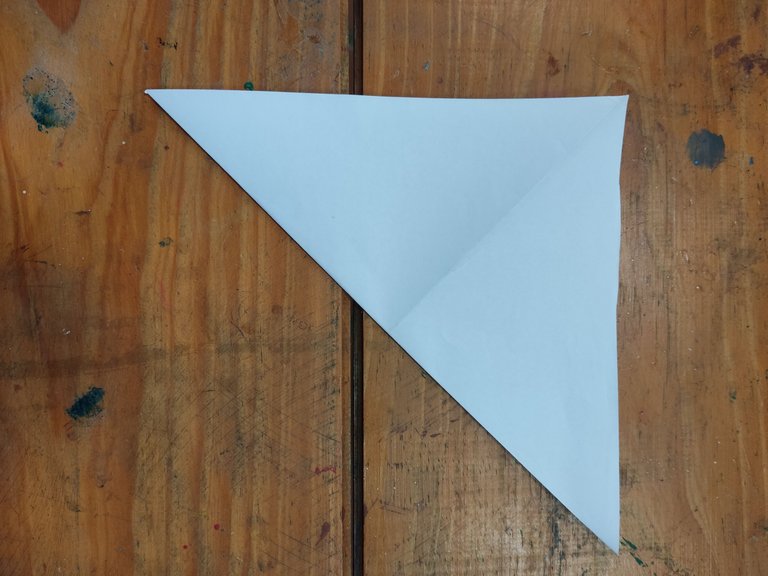
Unimos punta con punta y doblamos el extremo opuesto al pliegue anterior.
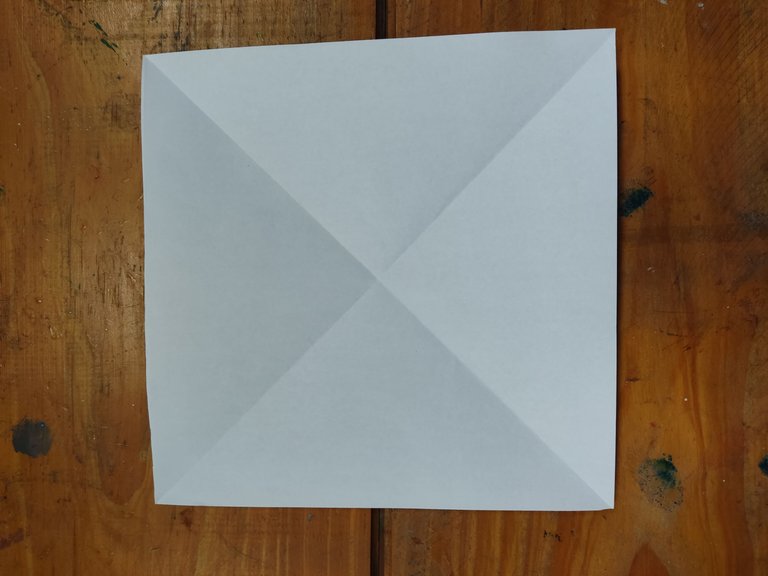
Debería tener esta forma de cruz en los pliegues.
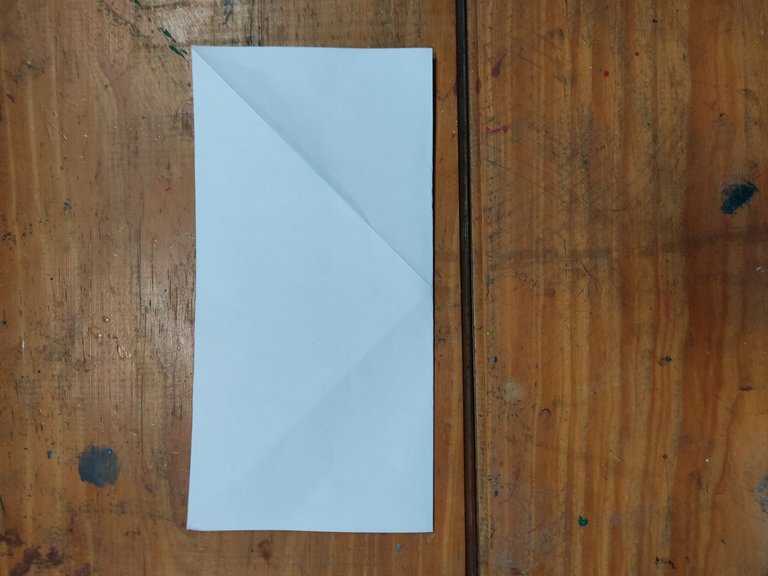
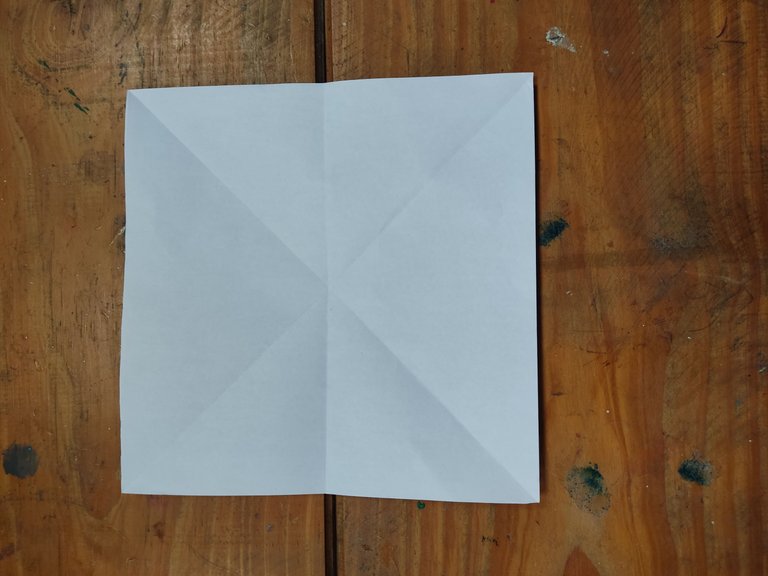
Ahora vamos a unir los dos extremos superiores con los dos inferiores formando un rectángulo y doblamos.
Al abrirlo tendremos una línea en el centro.
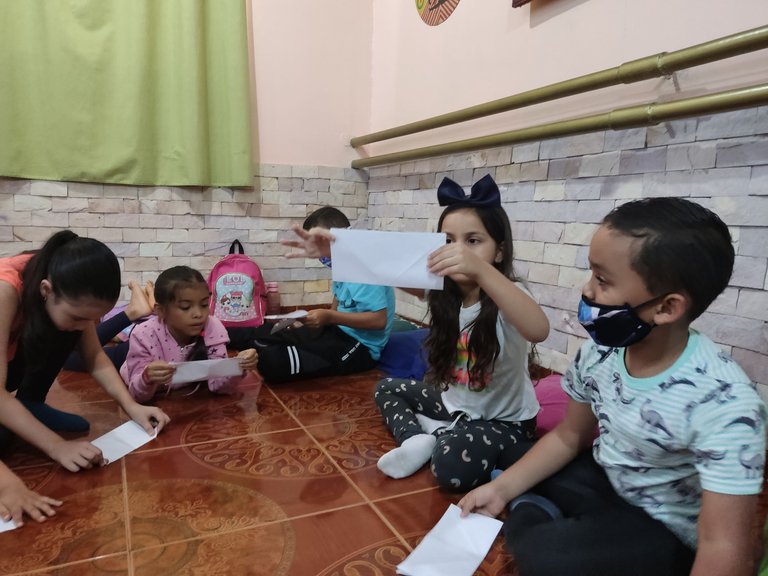
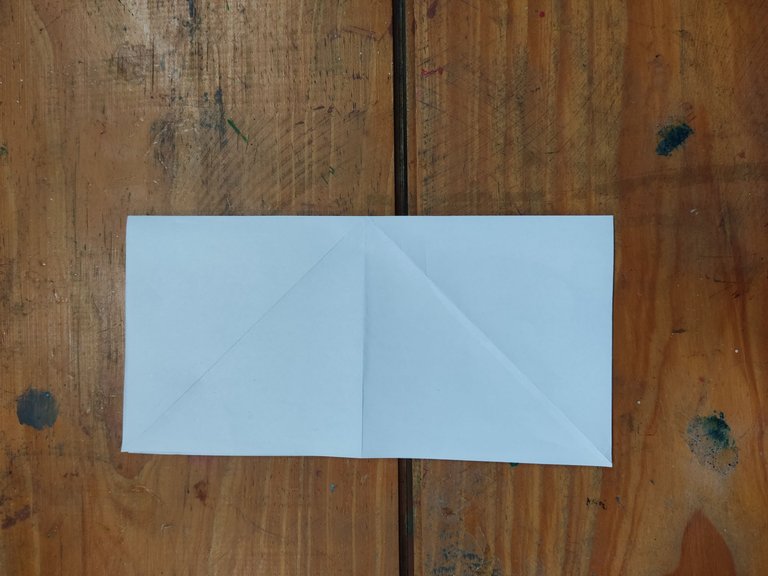
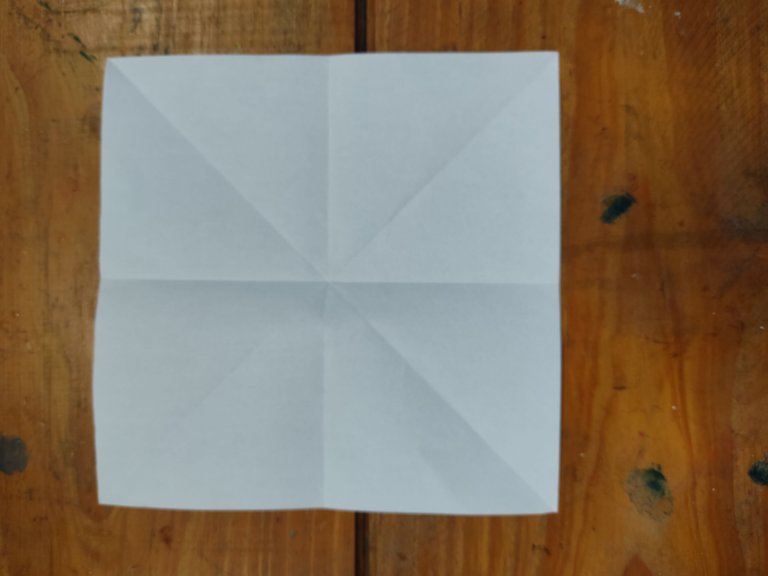
Repetimos lo mismo punto a punto en forma rectangular ahora en los otros extremos y me deben quedar dos líneas, una vertical y otra horizontal en forma de cruz y dos líneas en forma de x.
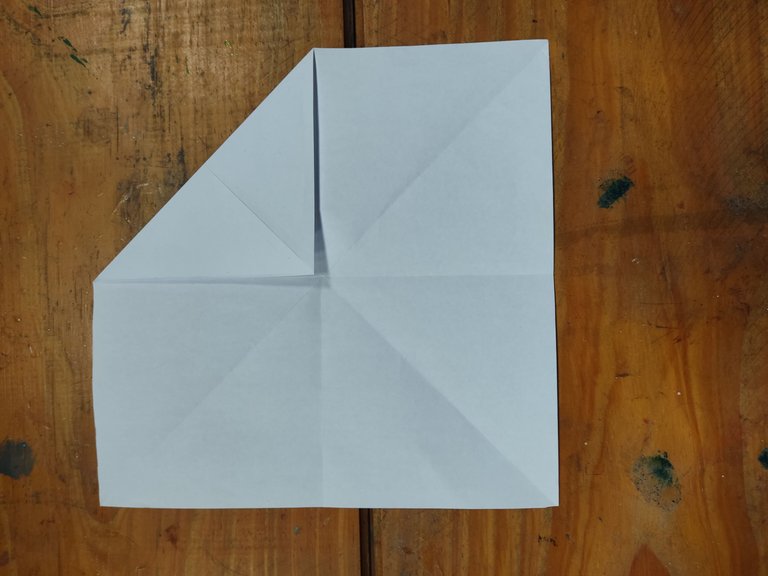
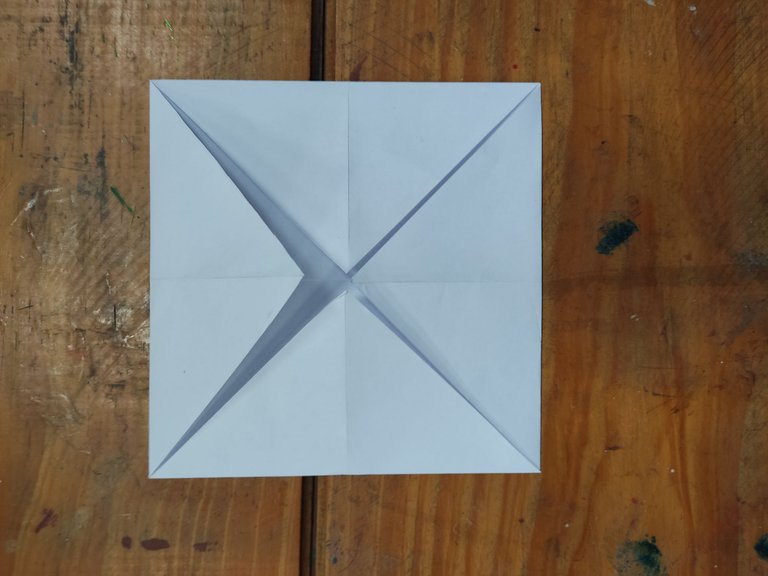
Procedemos a llevar cada punta al centro formando un triángulo, repetimos con cada punta hasta conseguir esta forma.
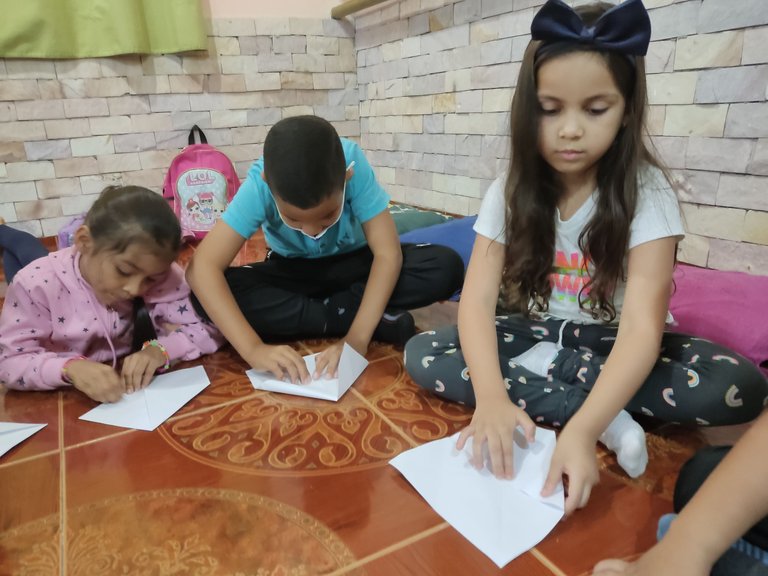
Debemos acompañar a los niños, sobre todo si es la primera vez que trabajan este tipo de actividad con papel.
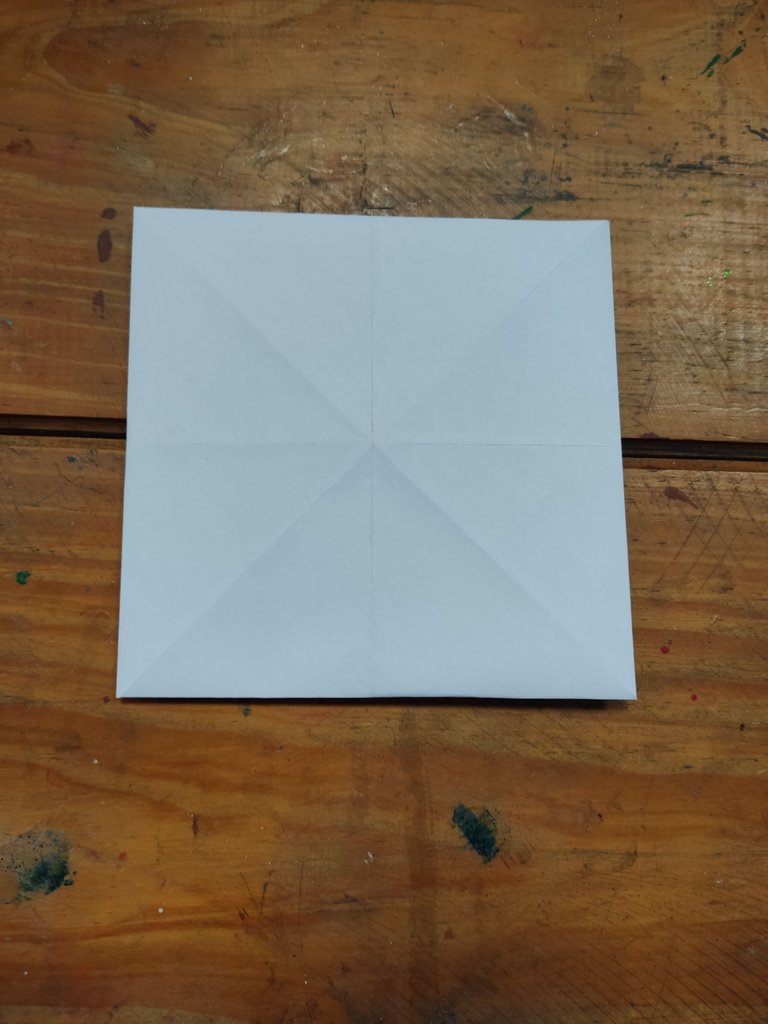
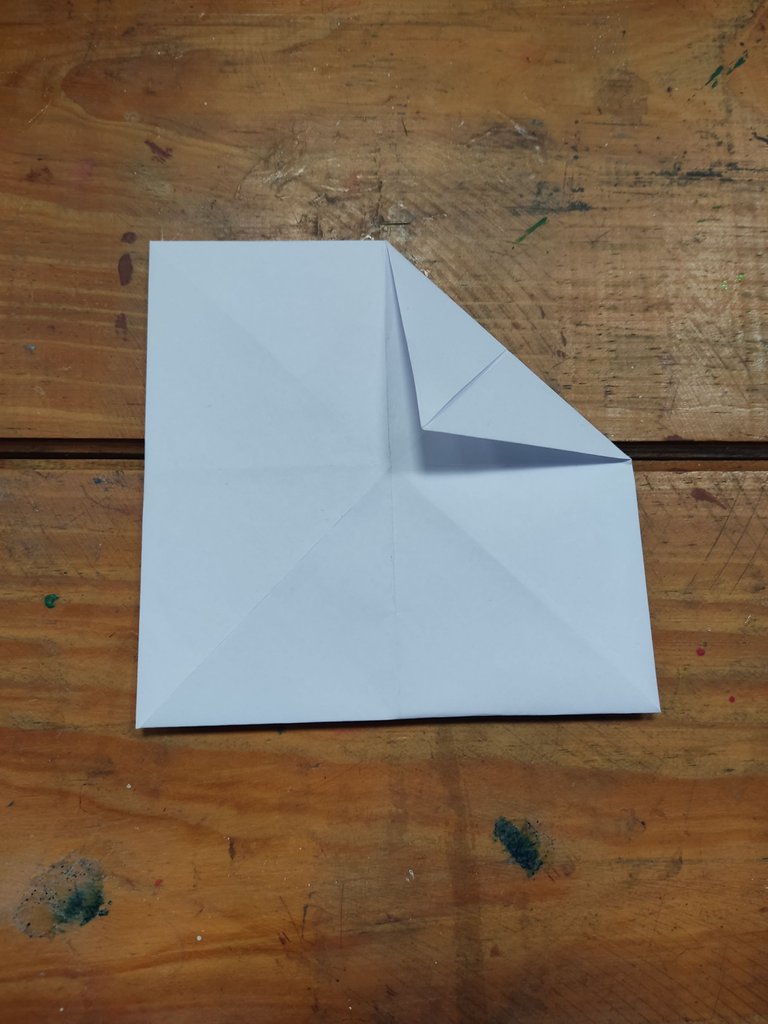
Ahora nos damos la vuelta y debemos tener este cuadrado un poco más pequeño y repetiremos el mismo procedimiento de llevar las puntas al centro.
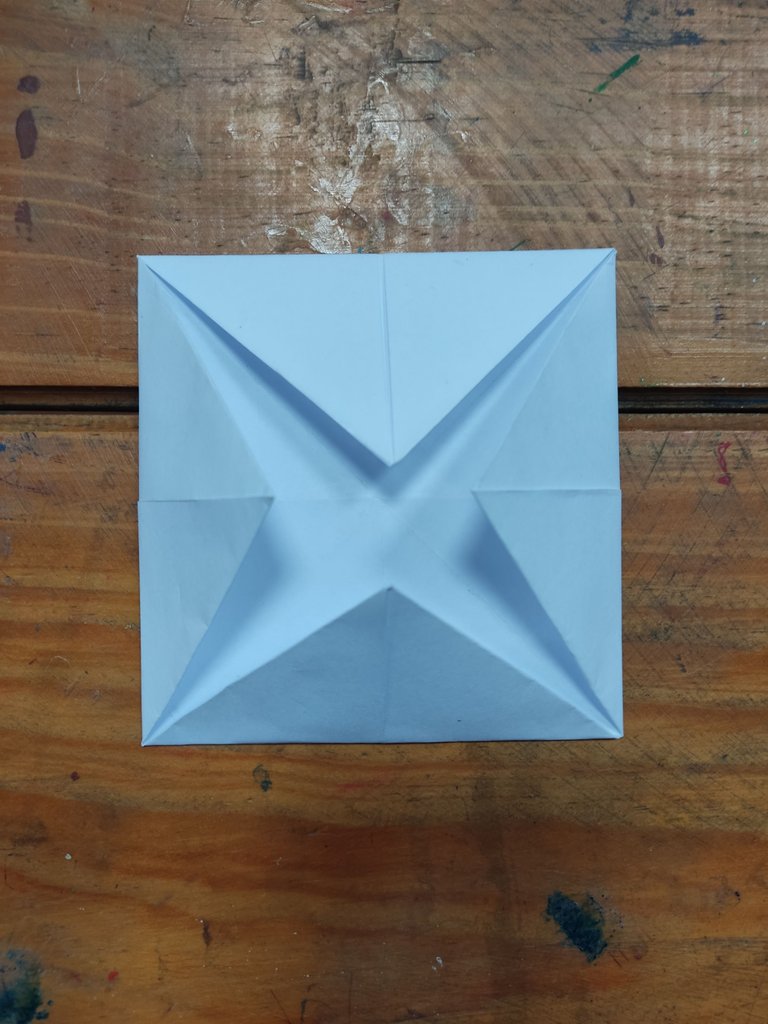
Para obtener este resultado.
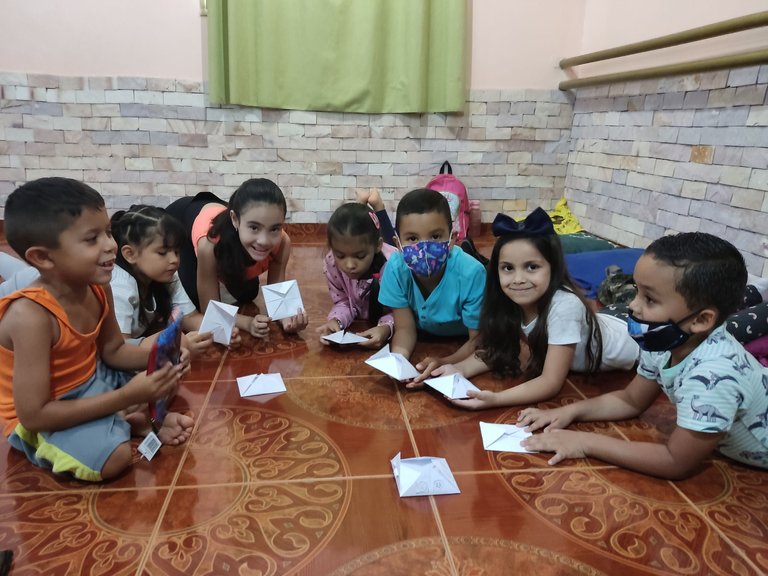
Así los niños pudieron terminar el plegado y pasaremos al siguiente paso.
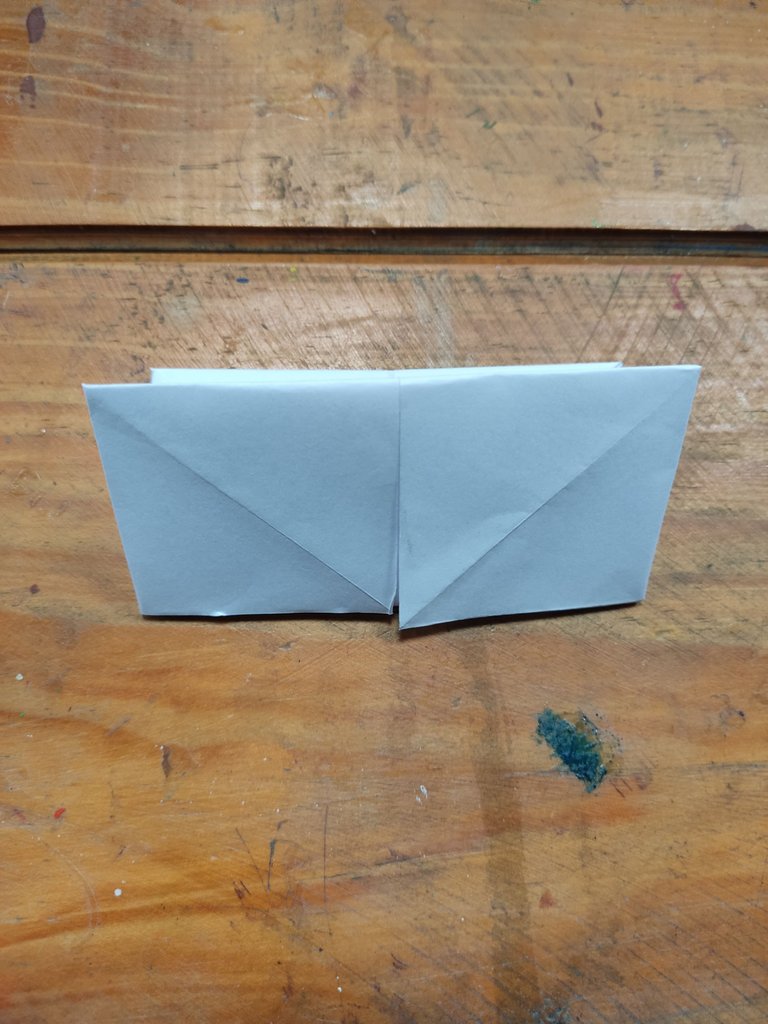
Doblamos ahora formando un rectángulo y acercamos las caras opuestas
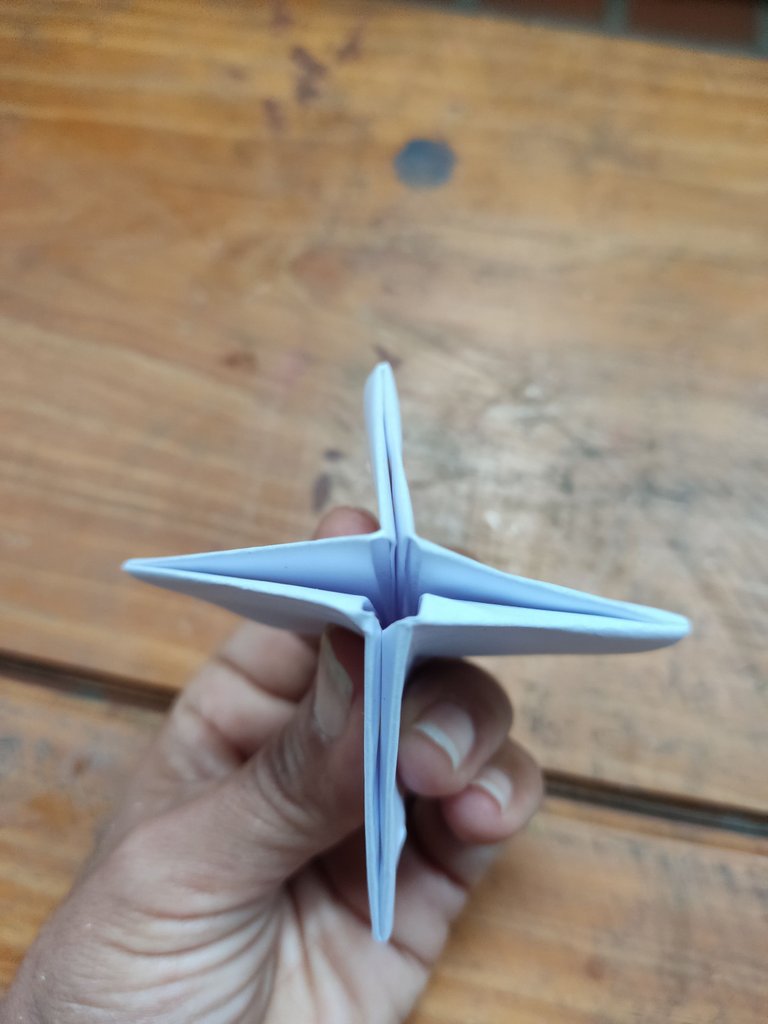
Para formar esta figura.

Practicamos con los niños a abrir y cerrar cada una de las caras de nuestra figura.
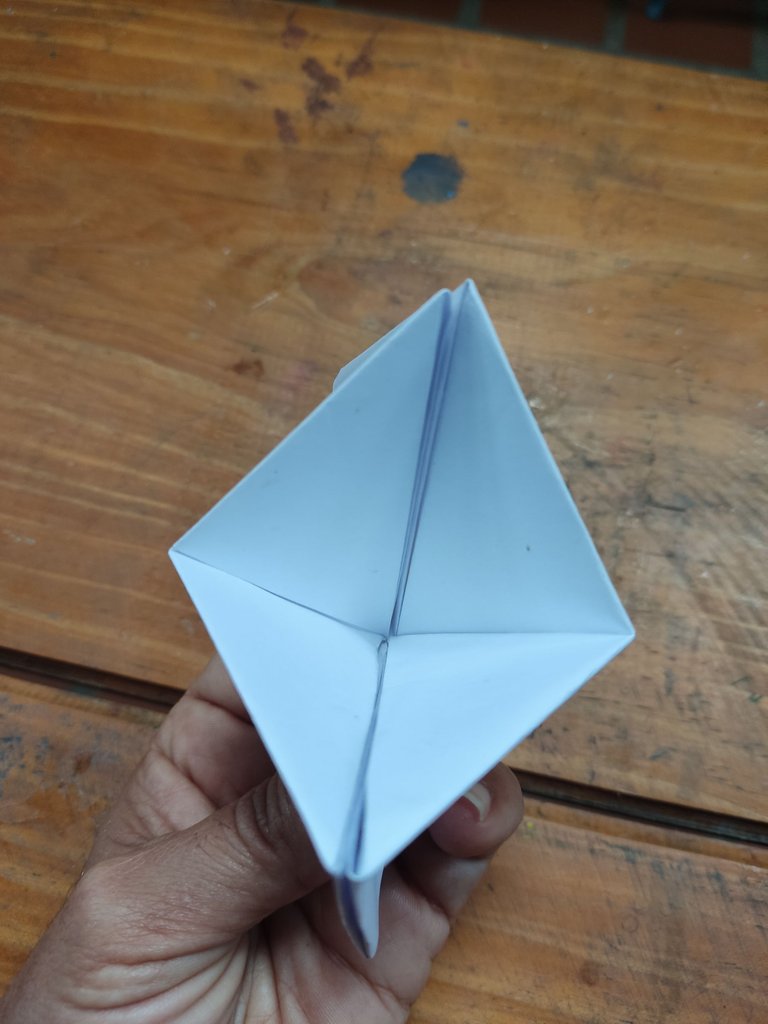
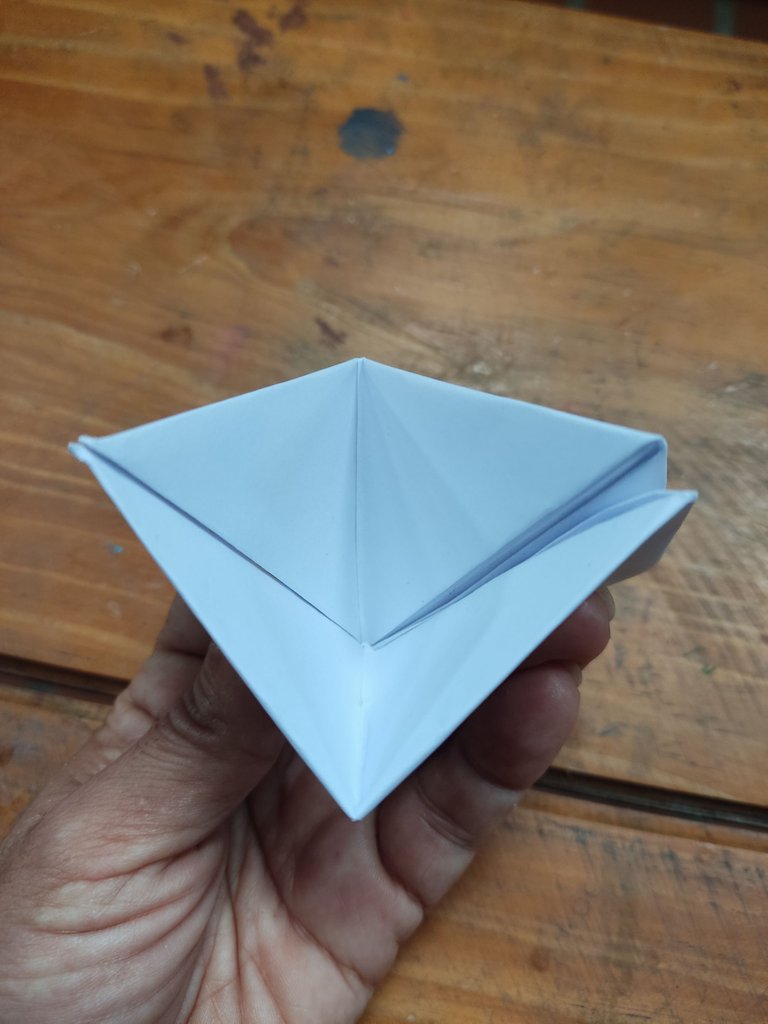
Mostramos cómo se mueve la pieza..
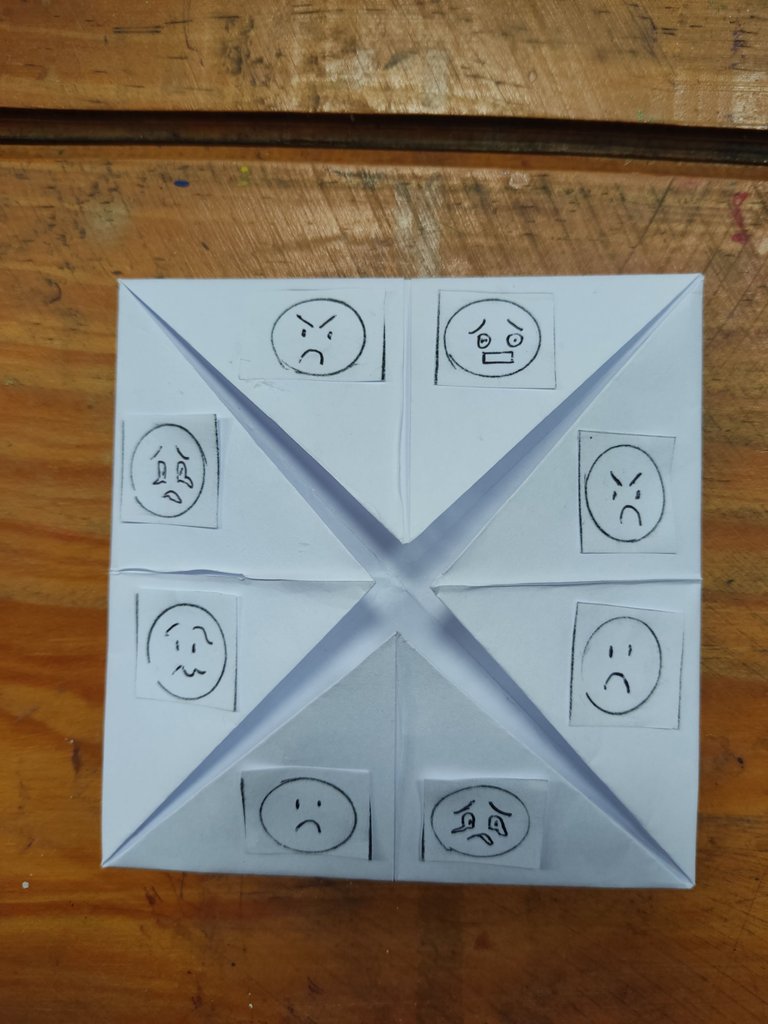
En cada uno de los espacios colocaremos la cara de una emoción.
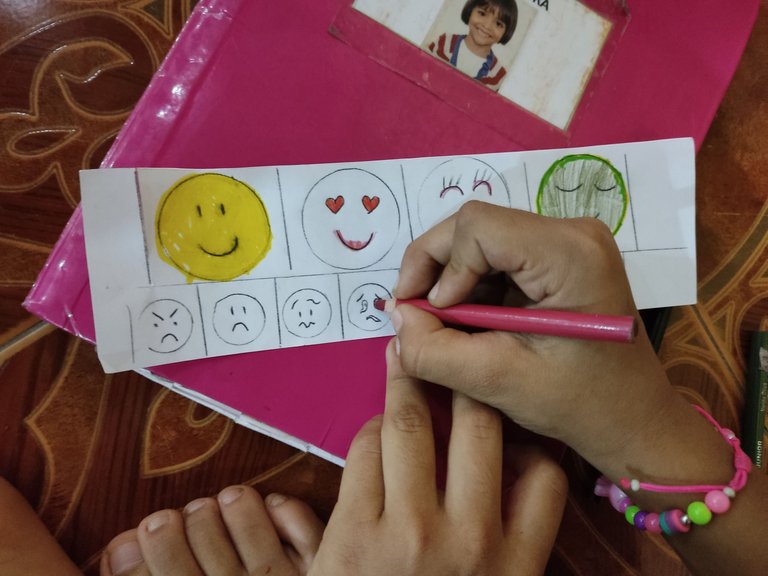
Los niños proceden a colorear tanto las cuatro caras grandes como las 8 más pequeñas.
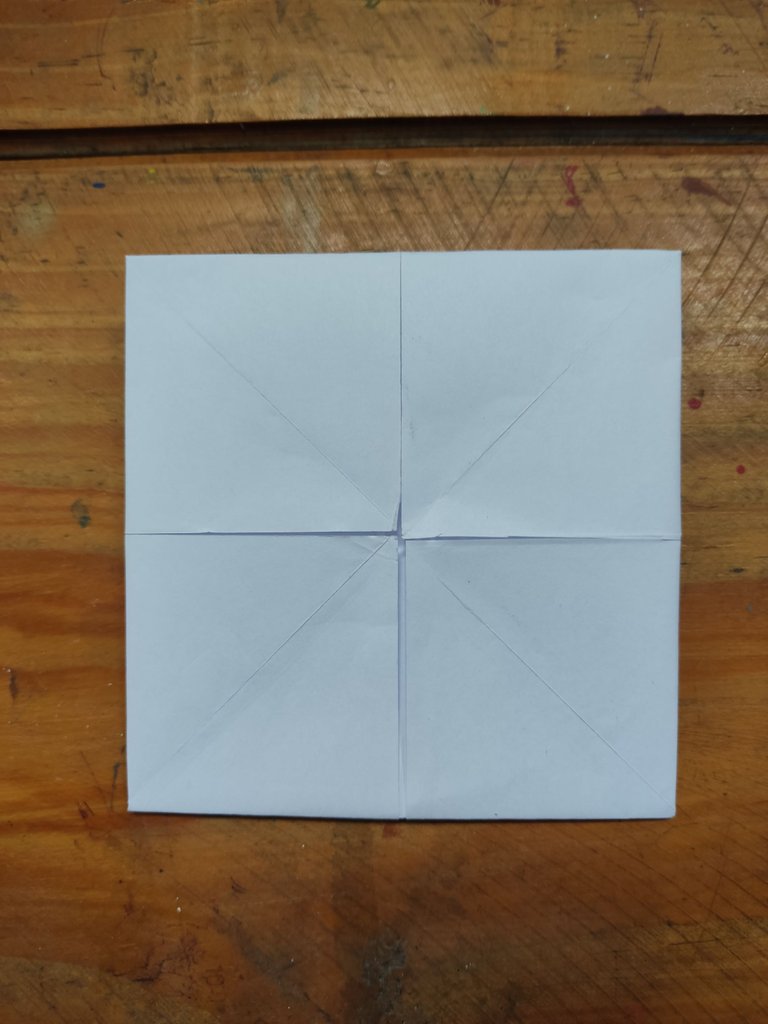
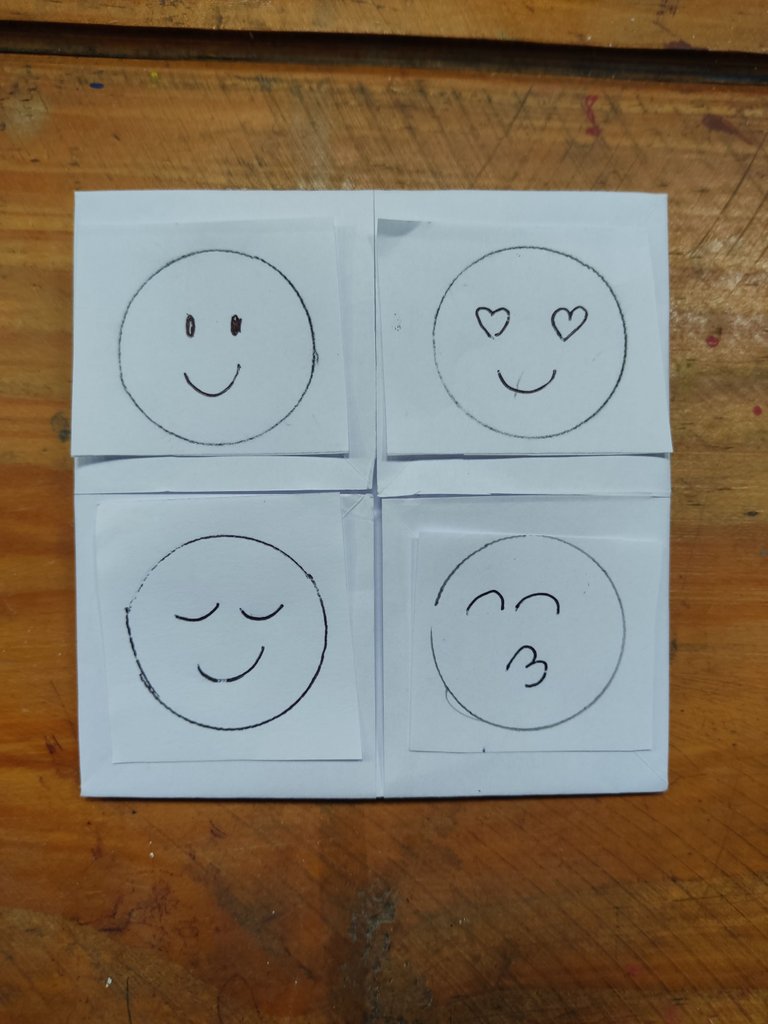
Las caras más grandes se colocarán en los cuatro espacios de una de las caras de la figura.
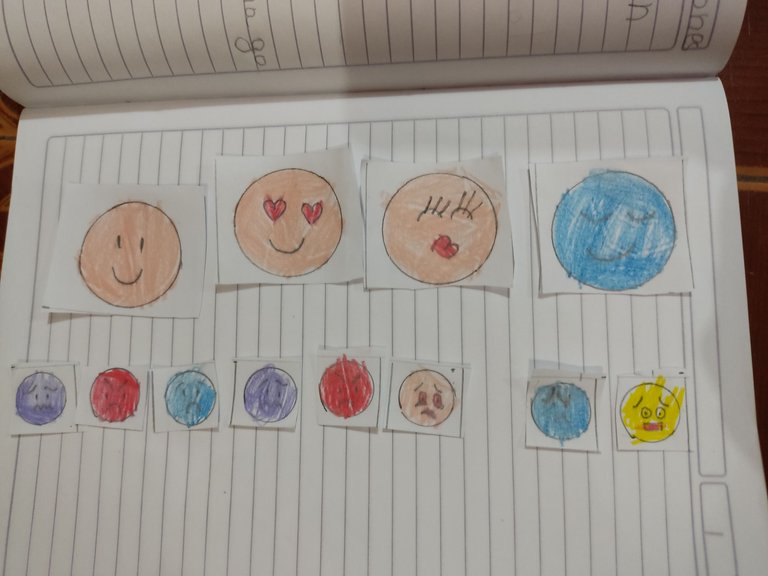
De este modo, los niños las pintaron y recortaron.
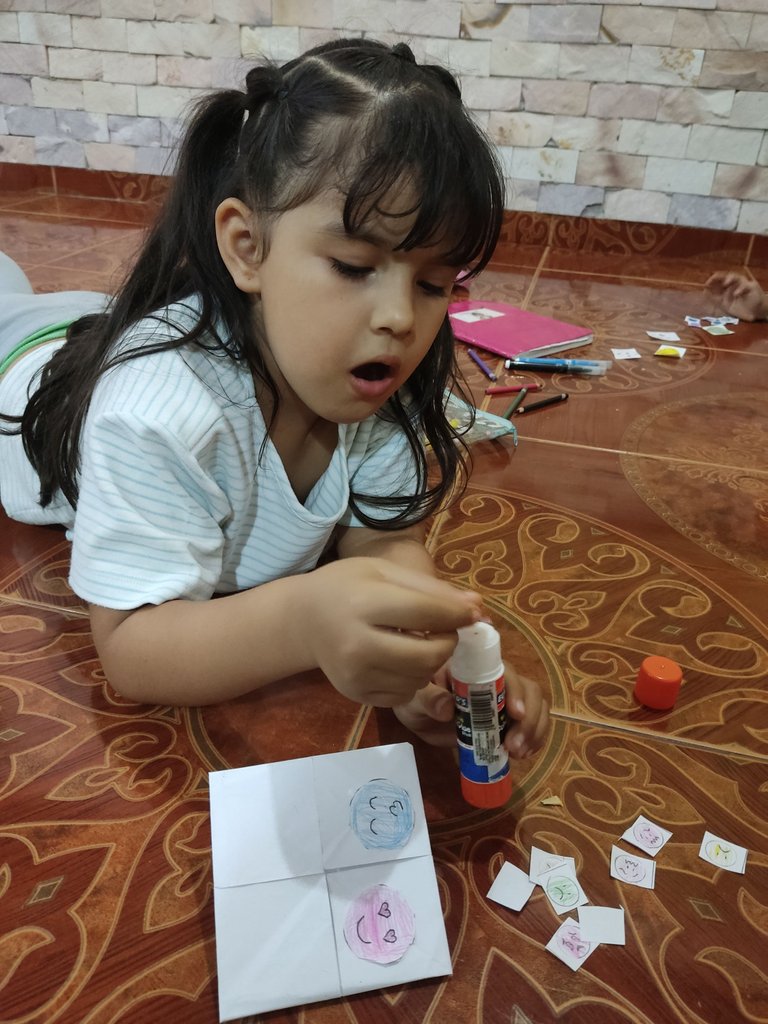
Colocaron cada una en el espacio que le correspondía.
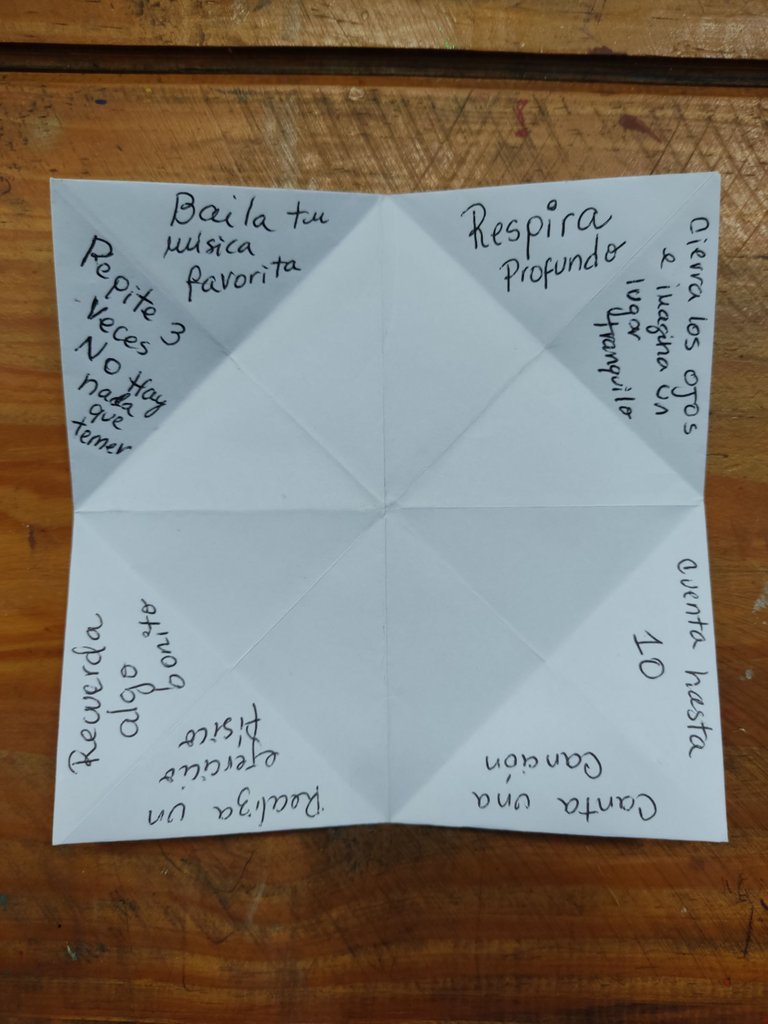
A continuación procedemos a escribir los mensajes de cada emoción.
La idea es que al seleccionar una emoción se les da la opción de una acción para transformar la emoción.
Por ejemplo:
Miedo : repite tres veces no hay nada que temer. Soy valiente-repite tres veces.
Tristeza : recuerda algo bonito-canta una canción.
Ira: cuente hasta 10. Respire profundamente.
Preocupación: imagina un lugar tranquilo.
Estrés: baila con tu música favorita.
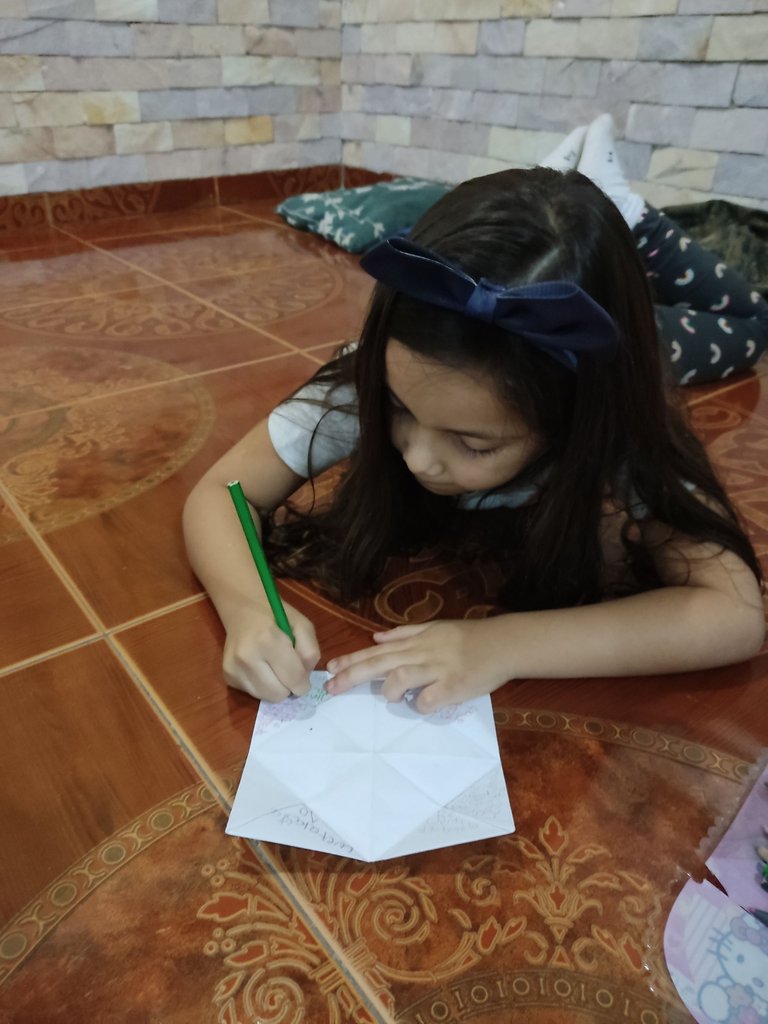
De esta manera, los niños colocaron una de las opciones detrás de cada cara según la emoción.
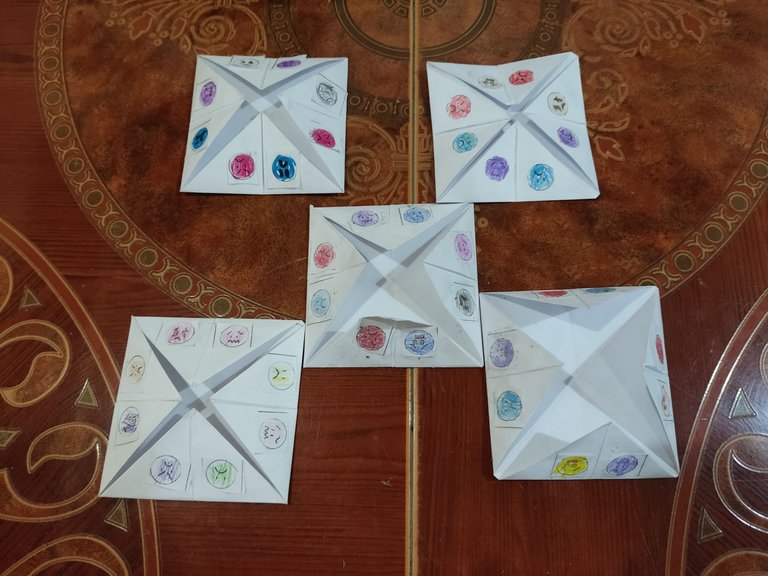
Es una actividad divertida que a los niños les encanta y con la que pueden interactuar con sus amigos, sus profesores, sus mamás, sus papás, sus hermanos.
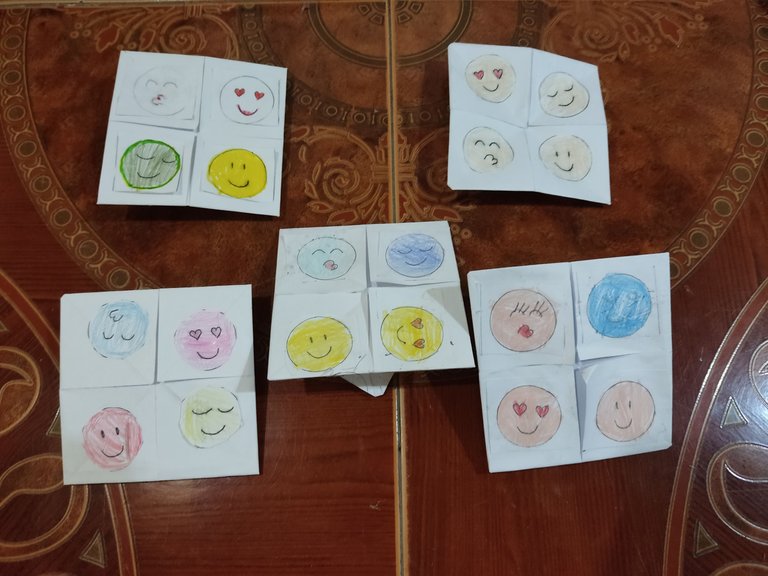
Es una forma de darles herramientas sencillas para enfrentar esas emociones que no les gustan y entender que ellos mismos pueden transformarlas.
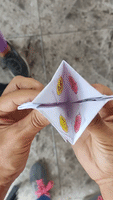
Espero que os haya gustado este post que he hecho con cariño y que sirva de guía para que los niños identifiquen sus emociones y sobre todo aprendan a gestionarlas de forma saludable.
Gracias por leer.

- Fotos tomadas por @aldara desde su telefonoRedmi.
- Traduccion realizada con Deepl.
- Imágenes editadas con photoshop
English version
Continuing with the development of Emotional Intelligence with Children, we have been knowing the basic emotions, those emotions that are opposite, recognizing and identifying them both in themselves and in others, and understanding the importance of how emotions affect us, both negative and positive, visit my posts of Emotional Intelligence with children number 1, 2, 3, 4..
Now we will begin to perform activities to transform those emotions that can affect us, in those that bring us well-being.
There are several activities that can be done with children to understand the need to get out of those emotions that can alter, decontrol or disharmonize us.
That is why I have dedicated myself, as I explained in post number 4, to make children aware that emotions can affect certain organs, that is, physical health.
It is very important that from a young age they learn to have tools to manage their emotional states and thus achieve a balance that allows them to develop a healthy character and behavior.
There is a traditional game that is made with paper called the lice remover, I particularly like it a lot and I wanted to adapt it to the emotions, so that before each emotion there is an activity that allows them to return to that balance and inner tranquility.

Let's get started.... All we need is a blank sheet of paper, scissors, colors and glue.
You can make the drawings directly from the sheet, I made the drawings for the children to paint, cut out and glue.

We fold the sheet to form a square and at the bottom we will draw four faces that represent happiness, love, tranquility, affection.
And for the emotions that go inside (smaller circles) we will place anger, sadness, fear, stress and worry.

We take out the square piece which has a first fold.

With the children we did the step by step, the square was given to them to make the next fold.

We joined tip to tip and folded the end opposite to the previous fold.

I should have this cross shape in the folds.


Now we are going to join the two upper ends with the two lower ends forming a rectangle and fold.
When we open it we will have a line in the center.



Repeat the same point to point in a rectangular shape now at the other ends and I should be left with two lines, one vertical and one horizontal in the form of a cross and two lines in the form of x.


We proceed to bring each point of the piece to the center forming a triangle, we repeat with each point until we get this shape.

We must accompany the children, especially if it is the first time they work this type of activity with paper.


Now we turn the piece over and we should have this square a little smaller and we will repeat the same procedure of bringing the tips to the center.

To obtain this result.

In this way the children will be able to finish the folding and we will move on to the next step.

We fold now forming a rectangle and bring the opposite faces closer together.

To form this figure.

We practice with the children to open and close each of the faces of our figure.


We show how the piece moves.

In each of the spaces we will place the face of an emotion.

The children proceed to color both the four large faces and the 8 smaller ones.


The larger faces will be placed in the four spaces of one of the faces of the figure.

In this way, the children painted and cut them out.

They placed each one in the space that corresponded to it.

We then proceeded to write the messages of each emotion.
The idea is that by selecting an emotion they are given the option of an action to transform the emotion.
For example:
Fear : repeat three times there is nothing to fear. I am brave-repeat three times.
Sadness: remember something nice-sing a song.
Anger:count to 10. Take a deep breath.
Worry: imagine a quiet place.
Stress: dance to your favorite music.

In this way, the children placed one of the options behind each face according to the emotion.

It is a fun activity that children love and with which they can interact with their friends, their teachers, their moms, their dads, their siblings.

It is a way to give them simple tools to face those emotions they don't like and to understand that they themselves can transform them.

I hope you liked this post that I have made with love and that it serves as a guide for children to identify their emotions and above all learn to manage them in a healthy way.
Thanks for reading

Que maravilloso post!! recuerdo jugar ese juego de niña, gracias por traerlo de la memoria.
Esta técnica de juego con los niños lo voy a poner en práctica!
Hola @caracasprin me alegra que te guste, a los niños tambien les gustan estas actividades y las disfrutan haciendo. Saludos!!
Muy buen post, un juego que te da muchas estrategias a la hora de pensar que hay que decir o hacer. Excelente para los pequeños de nuestras casas
asi es @rosdf es una forma de dar respuestas a esas emociones que se nos presentan de una manera espontanea a través deljuego , asi como son los niños.Saludos!!
Que buen post!, Saludos @aldara💛
GRacias mi querida @isabellasofiarr . Abrazos!!!
Me encantó ésta idea, apenas estoy comenzando este nuevo capítulo de ser madre y en definitiva sé que esto me ayudará en un futuro! Y hasta para mí funciona jajaja
Claro!!! debemos retomar esas acciones, en especial jugar para salir de situaciones que nos tomamos muy apecho Gracias por tu visita.